Sam Lawton-Westerland overthinks the meme.
By Sam Lawton-Westerland
What was Willy’s Chocolate Experience? Wikipedia describes it as a ‘controversial 2024 event in Glasgow’. Let’s be frank: it was a scam. It was similar to other ‘experiences’ you usually see around Christmastime: winter wonderlands that are as vacuous as they are unfestive. Cash grabs that are advertised to young families desperate for a bit of respite from, well... being a young family. (Non) events that seek to fleece them of their hard-won cash at up to £35 a ticket. It promises a magical day out and delivers a glimpse into the grim absurdity of our future.
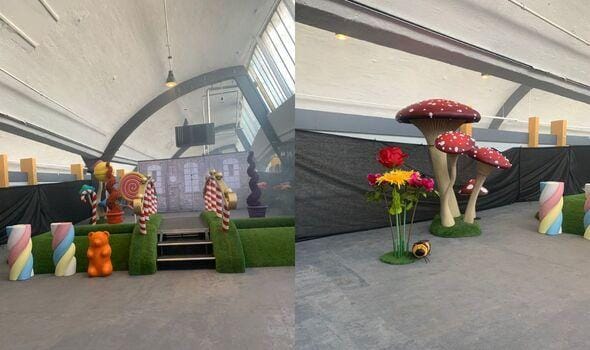
A candy bridge leading nowhere. Fake plastic plants that spring from the concrete floor. Black hessian backdrops draped over metal fencing. A big, opaque plastic gummy bear. Large, inedible marshmallow flumps. For some reason, a giant bee.
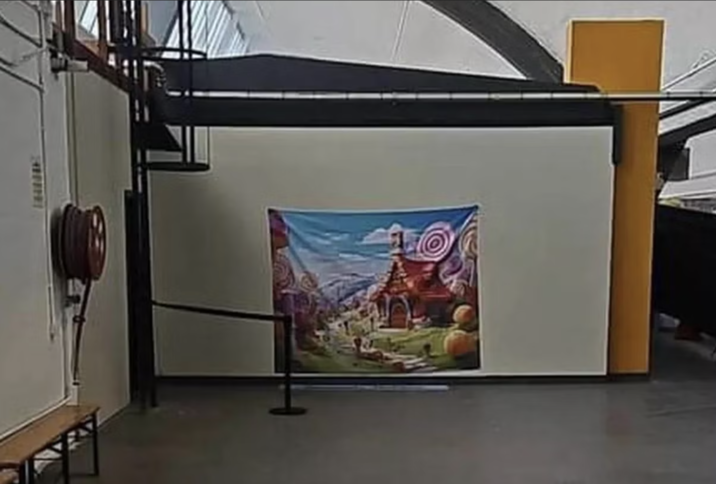
Cheap decorations in front of backdrops that poorly disguise the austere venue. However, to my inevitable (and slightly ironic) sociological eye, they are also revealing about culture in late capitalism. This article explores the mixed feelings I have about the future of culture in the late modern period that we are being forced to live through. I’m going to talk about what happens when we only create aesthetic experiences for profit and nothing else. I also might ruin your fun.
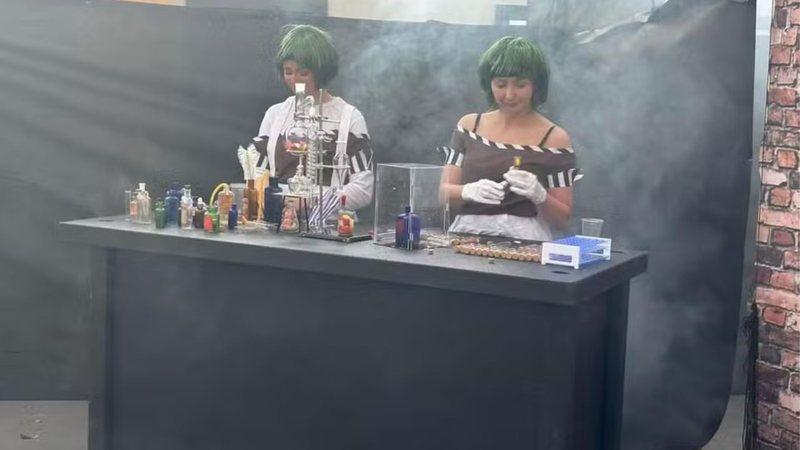
I have looked on with absurd bemusement and shared enjoyment at Willy’s Chocolate Experience and the procession of memes that have followed. The pictures from that event are some of the funniest images I have seen in years. Performers painted in orange, wearing green wigs – probably thinking that £500 is too little money for this gig – standing next to what looks like something out of Breaking Bad. They are still waiting to be paid most of their wages.

What strikes me is not necessarily the foreground of the images – the cheaply made, faux-whimsy of candy canes, plastic lollipops the size of balloons, AstroTurf topiary; it is the background. These cultural signifiers of the familiar, beloved children’s classic occupy the void of a warehouse. The canvas on which this set is constructed is a cold one: industrial and colossal. It could just as well be an aircraft hangar.
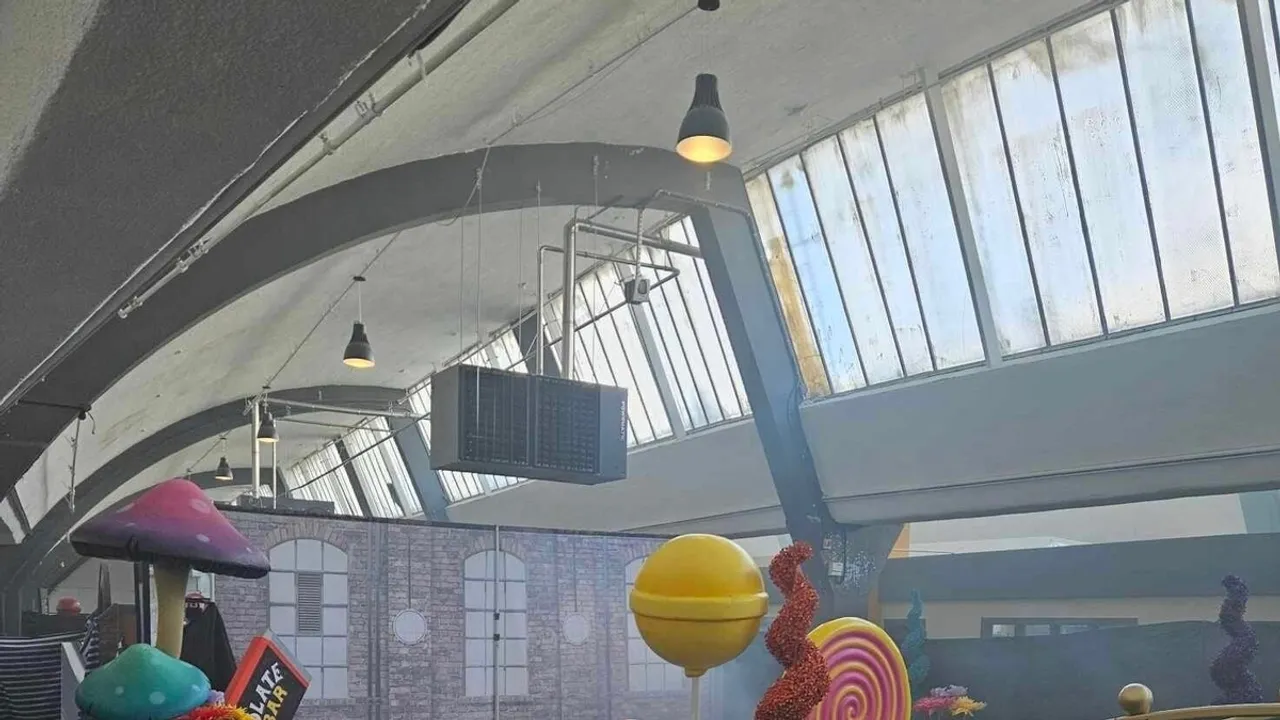
This is what space is in late capitalist culture: a shelf on to which one can place a product. The bigger and emptier the space, the more varied and numerous the products you can sell. But what is the product here? Why is this event billed as an experience? We are living in a time when experience itself has been commodified; an era of total commodification. An epoch when fathers sell advertising space on their bodies to porn companies because their families are going to be made homeless, presumably because they can’t afford to live in a living space which has, in turn, been heavily commodified.
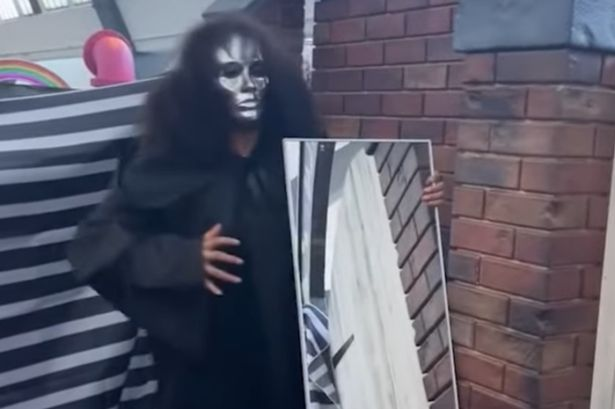
The ‘Experience’ is so utterly uncanny that it is easy to see why horror directors are inspired; it is an example of our Ouroboric culture, endlessly looking to itself for inspiration. The occupation of vaguely whimsical cultural artefacts within this liminal space also reflects late capitalist modes of cultural consumption. We laugh at Willy’s Chocolate Experience, but we shrug at Netflix’s stockpile of trash or even get in on the joke by watching A Christmas Prince. They all litter the desert of late capitalist culture. There’s still nothing good on TV. Is the Glasgow Willy Wonka Experience any different from Amazon Prime Video? Both host cheap content on a dark grey platform.

The use of AI art as a lure, a promise of the fantastical, is also notable. The Ouroboros, the self-consuming snake, is the perfect allegory for AI art: unable to produce anything new, but constantly shitting itself out, or uncanny amalgamations of itself. When we think about cultural reproduction, is there a more perfect example of a simulacra of popular culture than AI art? A robotic copy without an original. Its kleptomaniac surveilling of cultural databases and picking out examples it deems typical is unsettling, especially for artists. It will lead to the eradication of creativity. Studios are already flirting with AI scripts, in countenance to the relatively heavily unionised screenwriting industry. The era of fully automated luxury capitalism for the few is just around the corner! Soon industries will be easily roboticized and the cash will simply roll in, or so the executives think.

If the 20th century was the era of the worker, the 21st century is the era of the grifter. We are encouraged, not to become entrepreneurs, as the neoliberal credo has it, but to become con artists. Is it any wonder that ‘side hustle’ has become common parlance? Let us not forget the definition of the word hustler. We have seen one man grift all the way to the White House. Our leaders openly break the rules. The organisers of Willy’s Chocolate Experience, who – I kid you not – are named House of Illuminati, are not an exception to the rules of late capitalism; they are late to the party. It’s an all you can eat buffet, except everything tastes of plastic.
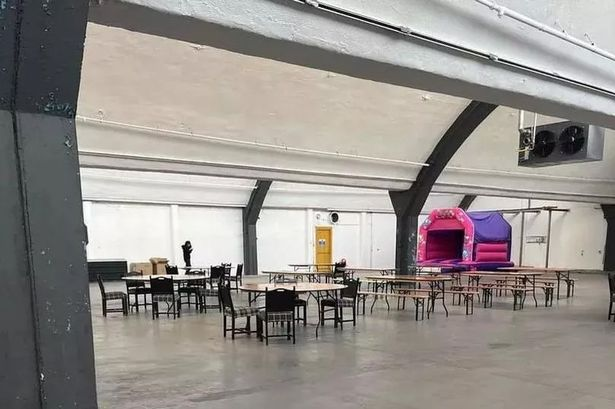
One of the most prophetic thinkers about late capitalist culture was Frederic Jameson, author of Postmodernism, or the Cultural Logic of Late Capitalism. In the book, Jameson argues that late capitalist culture has been
fascinated precisely by this whole "degraded" landscape of schlock and kitsch, of TV series and Reader's Digest culture, of advertising and motels, of the late show and the grade-B Hollywood film, […] airport paperback categories of the gothic and the romance,the popular biography, the murder mystery, and the science fiction or fantasy novel: materials they no longer simply “quote”, […] but incorporate into their very substance.
What Jameson is pointing out is that popular culture in our time doesn’t just reference other pieces of culture. It incorporates them in to supposedly ‘new’ cultural products. It isn’t just a hand that points to something we have seen before; it is our childhood toys melted down, remade, and sold back to us. South Park’s satirization of this insidious nostalgia in the form of ‘member berries’ understands that this nostaglia has been weaponised for political means, but misses that this is all that culture has left. An endless reproduction of what has come before, slowly cancelling the future.
Returning to Jameson, The Barbie movie and its kitsch aesthetic is as perfect an example as true crime podcasts (‘murder mysteries’), or even Pulp Fiction (‘the Hollywood B movie’). These are considered premium products in the canon of popular culture. However, we have now reached the dregs. We are now seeing the Ouroboros running out of food. Like recycled plastic which degrades with each refashioning, there are diminishing returns to these cultural products, and we are now seeing the bottom of the barrel being scraped. Overboard, a film which no one remembers, has been remade; a Power Rangers TV movie ironically titled Once and Always has been made anew, alongside a remake of a remake of Transformers, a franchise invented purely to sell plastic toys. The uninspired list goes on. The Ouroboros eats itself down to the skeleton.
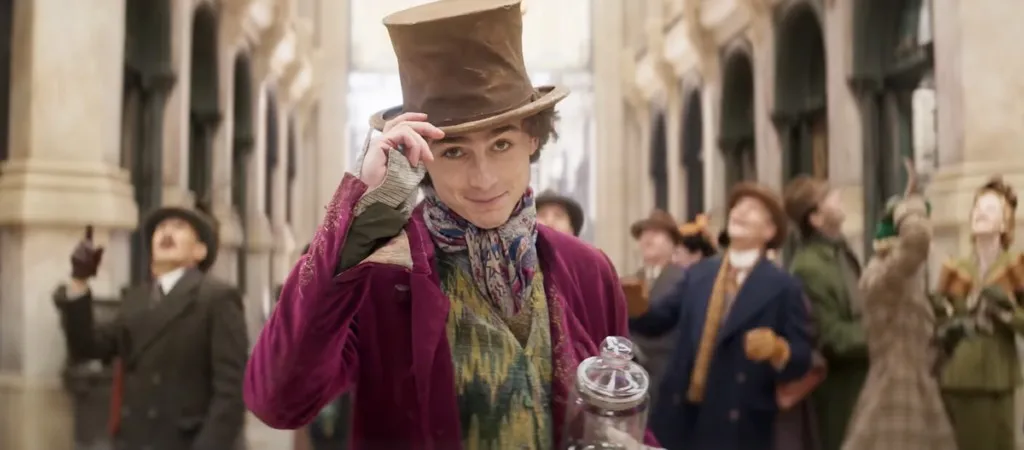
It’s fitting that the whole reason Willy’s Chocolate Experience came about was the rebooting – pre-booting? – of the Charlie and The Chocolate Factory-cinematic-universe-expanding, Timothée Chalamet-starring prequel Wonka. This is, in itself an example of the auto-referentiality of late capitalist culture, sewing soon-to-be-expiring intellectual properties into the skin of contemporary cultural products. Such products therefore act as a kind of corporate insurance for monopolies like Disney, who are in the lucrative throes of making bland ‘live action’ versions of their animated classics. This has the double effect of a flattening and a predestination of cultural consumption: we watch it because we have seen it before. In the case of the Lion King, it is (for some weird reason) a digital, photorealistic, shot-for-shot remake of the original. For Wonka, it’s both an origin story and a defanging of the complex character.
If I had to sum up the Glasgow Willy Wonka Experience in two words, it would be ‘bleakly funny’. It offers escape, fantasy and distraction but leaves you with a few cheap (if colourful) ornaments in what looks like an airport terminal. Like a really good episode of Black Mirror, it delights and terrifies in equal measure. It is truly one of the most horrifying and hilarious things I have ever seen.




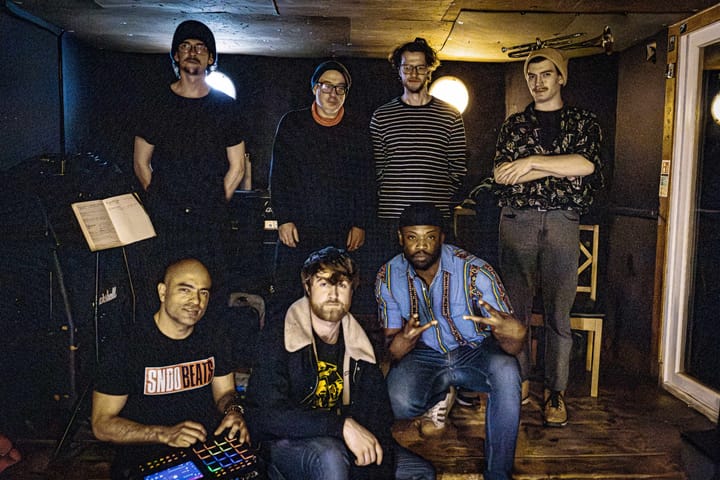
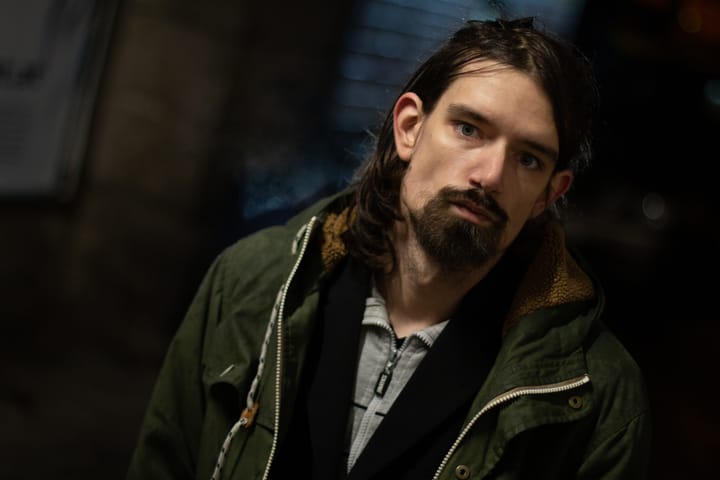
Comments ()